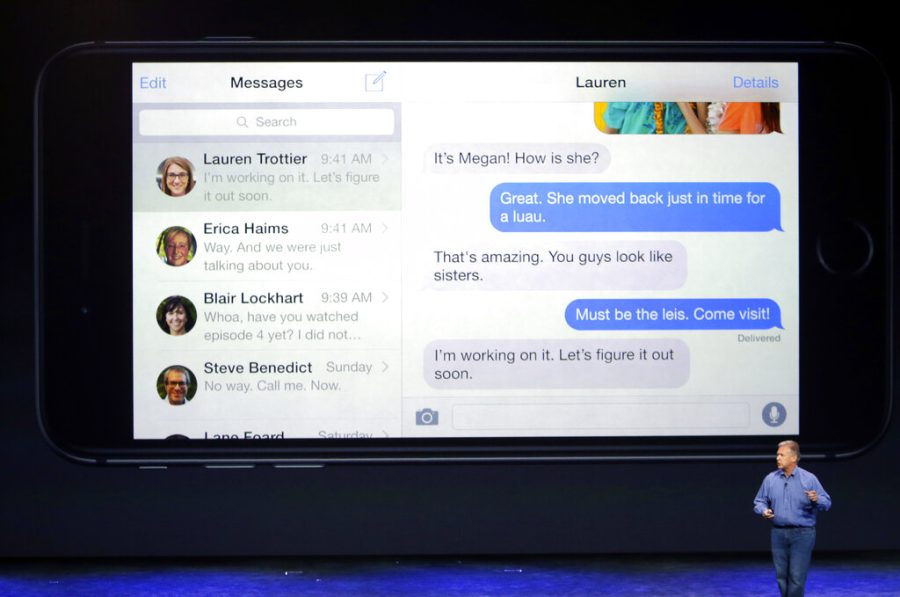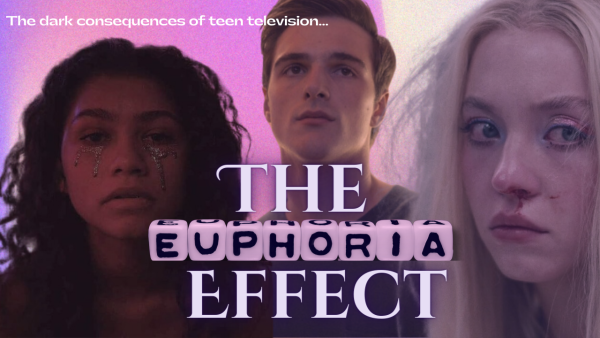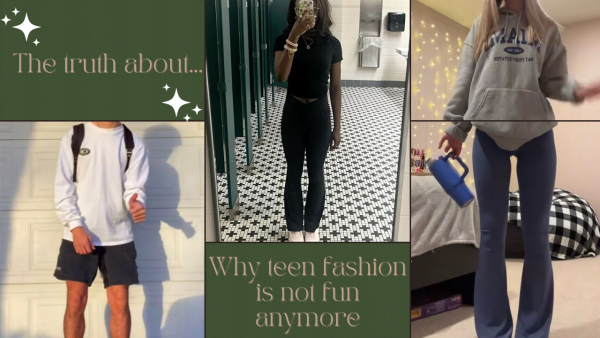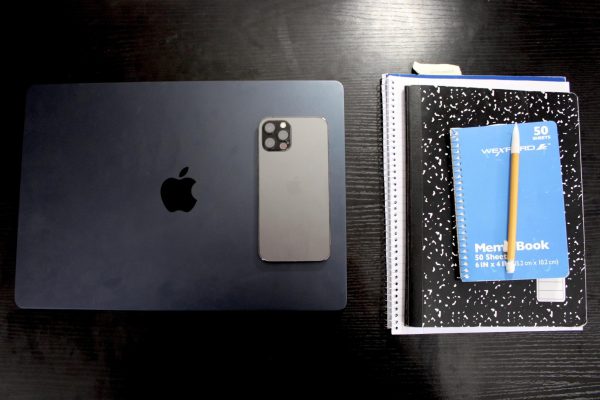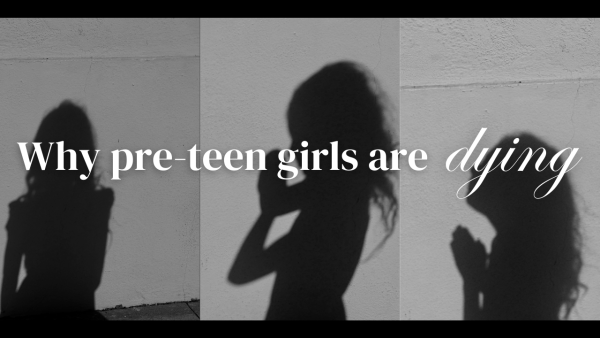Texting Between Platforms is Broken – and Apple Can Fix It
FILE – In this Tuesday, Sept. 9, 2014, file photo, Phil Schiller, Apple’s senior vice president of worldwide product marketing, discusses messaging on the new iPhone 6 and iPhone 6 plus in Cupertino, Calif. A team from Johns Hopkins University claims that its found a security flaw in iMessage, the encrypted messaging platform used on Apples phones and other devices, which would allow hackers under certain circumstances to decrypt messages. (AP Photo/Marcio Jose Sanchez, File)
2007 was a year that kickstarted a revolution. Apple, a company flush with cash off the heels of its wildly successful iPod MP3 player, released their next big thing – The iPhone. This next step in technology promised to change how we communicated forever – and yet, the way in which it did so would end up putting a border between the haves and have nots in the future.
With the release of the first Android-powered smartphone in 2008, a division would form between those choosing Apple’s product, and Google’s. Apple’s fans talked about the build quality of the devices themselves, how you could download apps easily from its online store, and just how simple it was to use. Android’s users, on the other hand, fell into two categories.
One category of Android users chose them as they were generally cheaper than Apple’s offerings. With this, came lower build quality at times, and seemingly a more difficult-to-understand experience for anyone new to smartphones. On the other hand, users who chose to use Google’s phones raved about its features that seemed years ahead of anything Apple was putting out, with the phones featuring fingerprint sensors to unlock them, multiple cameras, and expandable storage.
And so the field was set. Where Apple had build quality, Android had features. Where Android was cheap, Apple was more widely supported. While people were becoming more and more defensive of their choices in smartphones, one of the biggest dividing factors was yet to come.
We’ve all seen the green text bubble, whether on our own device or someone else’s. It was released on iPhones in 2013 as a part of their iOS 7 update, and essentially colors your text messages green if the person you’re texting is using an Android device. A slight change in design, sure, but what it represented would become an indicator of what some saw as status, or the lack thereof.
And yes, if the color behind your text messages on another person’s device showing what kind of phone you’re using is an issue for them, you might not be bothered by it. However, what the change also implemented was the compression of images and video from Android to Apple, and vice versa.
Let’s take an example. Imagine you’re at the doctor’s office, and they need proof of insurance. You forgot your insurance card at home, so you text your wife to send the image to you. It comes through, and – it’s illegible. These are issues that you may face if sending images from Android to iPhone – but it could easily be fixed by Apple. However, in typical Apple fashion, they are seemingly unwilling to change one of their own outdated standards in the name of independence.
At a Vox Media event on September 7, 2022, Apple CEO Tim Cook addressed concerns about their own texting format that would alienate Android’s users from being able to freely able to communicate with users on their platform. When a reporter for Vox complained to Cook that his mother couldn’t see images and videos that he sent to her, as he had an Android, he responded by stating, “Buy your mom an iPhone.”
Apple’s leadership is aware that people are up in arms about the issue of texting between platforms; they have been for all 9 years of its existence. But in search of higher and higher corporate profits, they seem to be unable – or unwilling – to change for the good of the consumer.
So for now, when someone sees a green text bubble on iMessage, you have to hope and pray that not only do they not judge you for the platform that you use, but that they don’t need to send you any important images or videos either.


